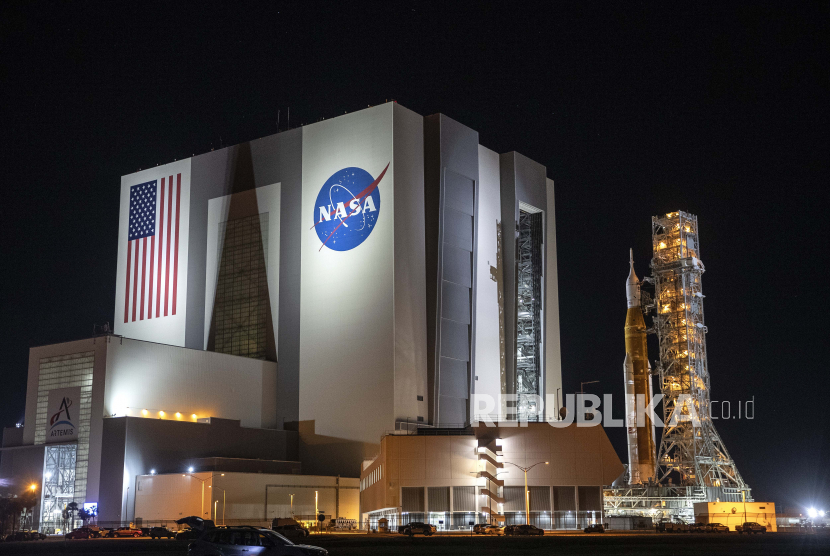The vehicles required are different from those used during the Apollo missions.
REPUBLIKA.CO.ID, JACARTA – The American Space Agency has begun the search for the next generation vehicle for its next lunar mission, the Artemis.
If the previous month’s vehicle which was used during I put Apollo In the 1970s, designed for a relatively comfortable climate in the equatorial (or slightly north) lunar region, the United States Air Force and Space (NASA) mission Artemis was planned for the moon’s south pole. At the South Pole, conditions should be much harsher.
Reported by Space, on Wednesday (11/9/2022) NASA initiated the procurement process for the private industry for the construction of the next lunar rover, officially known as the Lunar Terrain Vehicle (LTV). The LTV will be used by astronaut Artemis to traverse the area around the moon’s south pole and beyond.
The new draft request for proposals, which is the first step in a lengthy award process, has been published for review and commentary by industry partners before submitting a formal proposal to build the LTV.
“This draft is one of the first important steps in this exciting project that will allow astronauts to explore farther than ever to the moon,” said Lara Kearney, Head of Extravehicular Activity (EVA) and Human Surface Mobility (HSM) at the Johnson Space Center. NASA of Houston.
The unpressurized rover is expected to travel hundreds of miles per year to allow Artemis astronauts access to various locations for exploration and scientific research.
“The new LTV will go further, last longer and eventually reach an order of magnitude longer than the Apollo missions,” said NASA public relations officer Rebecca Wickes.
“Instead of ‘owning’ the vehicle, NASA will ‘rent’ it as a service from an industrial supplier.
Challenges to the South Pole
One of the main challenges Artemis’ astronauts face is working in what is known as the permanent shadow region on the lunar surface. The moon’s axis of rotation is almost perpendicular to the sun.
As a result, there’s a crater around the moon’s south pole deep enough that the bottom hasn’t seen sunlight for more than two billion years.
In addition to these lighting conditions, there is also the problem of keeping electric vehicles running in the icy south pole of the moon. This will be a major challenge for the industry as it hopes to win a new contract with NASA for LTV.


